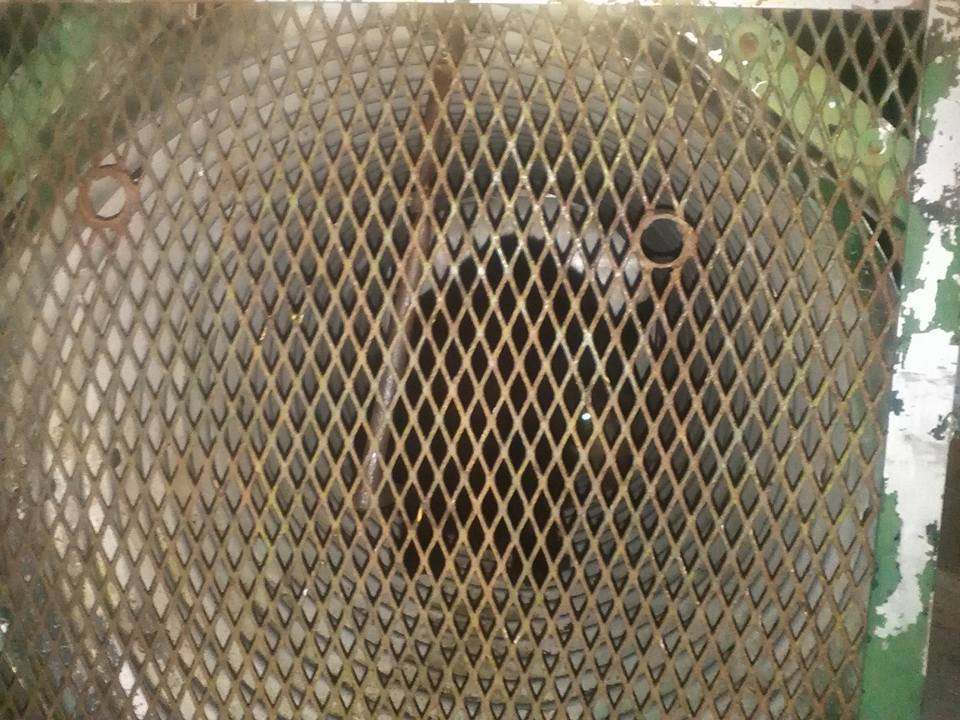Eastern Kentucky's Black Bear Population: A Growing Success Story and Management Challenge
Black Bear in the mountains.
Drift, KY - The rustling leaves and snapping twigs could mean more than just a gentle breeze in the hills of Eastern Kentucky these days. The region's black bear population is thriving, a testament to successful conservation efforts, but also a growing management challenge for the Kentucky Department of Fish and Wildlife Resources (KDFWR).
For years, black bears were a relatively rare sight in many parts of Eastern Kentucky. However, thanks to dedicated wildlife management and habitat restoration, these magnificent creatures are making a comeback. This resurgence is a source of pride for many Kentuckians, showcasing the effectiveness of conservation initiatives.
The burgeoning bear population presents both opportunities and challenges. While the return of a native apex predator is exciting for wildlife enthusiasts and offers potential for increased tourism and hunting opportunities (where regulated), it also requires careful management to minimize potential conflicts with humans. Call to report violations and dangerous wildlife encounters in Kentucky at 1-800-25-ALERT. (KDFWR #)
Bear trapped by KDFWR at a home in Floyd County, KY
The KDFWR is actively working to address these challenges through various strategies, including:
Ongoing Population Monitoring: Researchers are diligently tracking bear populations, distribution, and health through various methods, including tagging, camera trapping, and scat analysis. This data is crucial for informed management decisions. Habitat Preservation and Enhancement: Protecting and restoring vital bear habitats, such as forested areas and riparian corridors, is paramount. This ensures bears have access to food, water, and shelter.
Public Education and Outreach: The KDFWR is committed to educating the public about bear behavior, safety guidelines for living and recreating in bear country, and the importance of responsible wildlife viewing. This includes tips on bear-resistant food storage, what to do if you encounter a bear, and how to avoid attracting bears to residential areas.
Regulated Hunting (Where Applicable): In certain zones, regulated hunting seasons may be implemented as a management tool to help control bear populations and minimize human-wildlife conflicts. These seasons are carefully designed to ensure the long-term health and sustainability of the bear population.
The success of black bear conservation in Eastern Kentucky relies on the collaboration of various stakeholders, including the KDFWR, local communities, landowners, and outdoor enthusiasts. By working together, we can ensure that these remarkable animals continue to thrive in the heart of the Commonwealth for generations to come.





